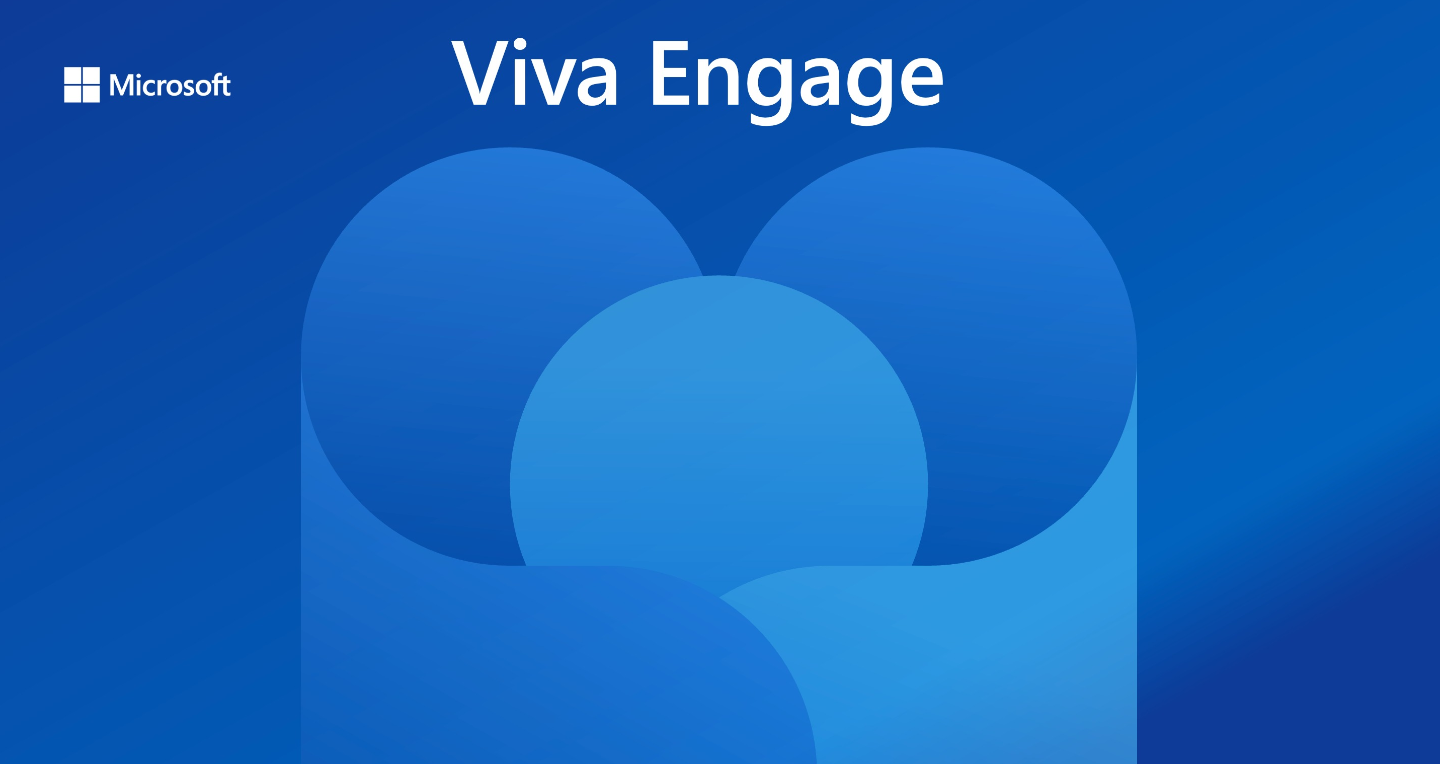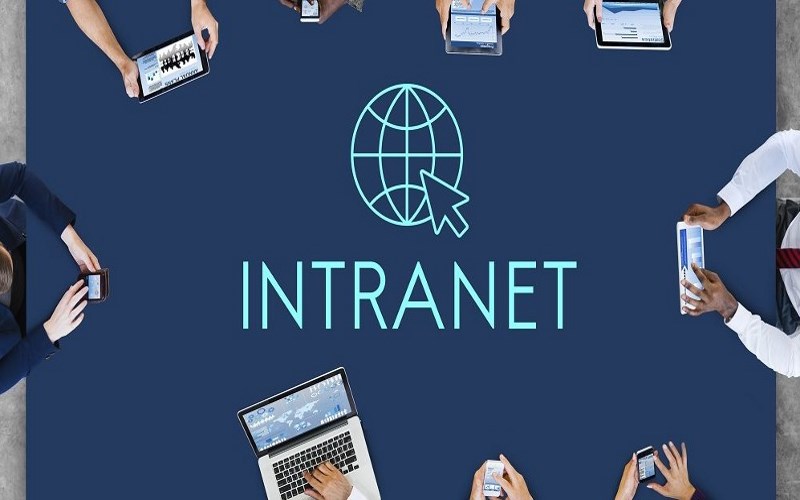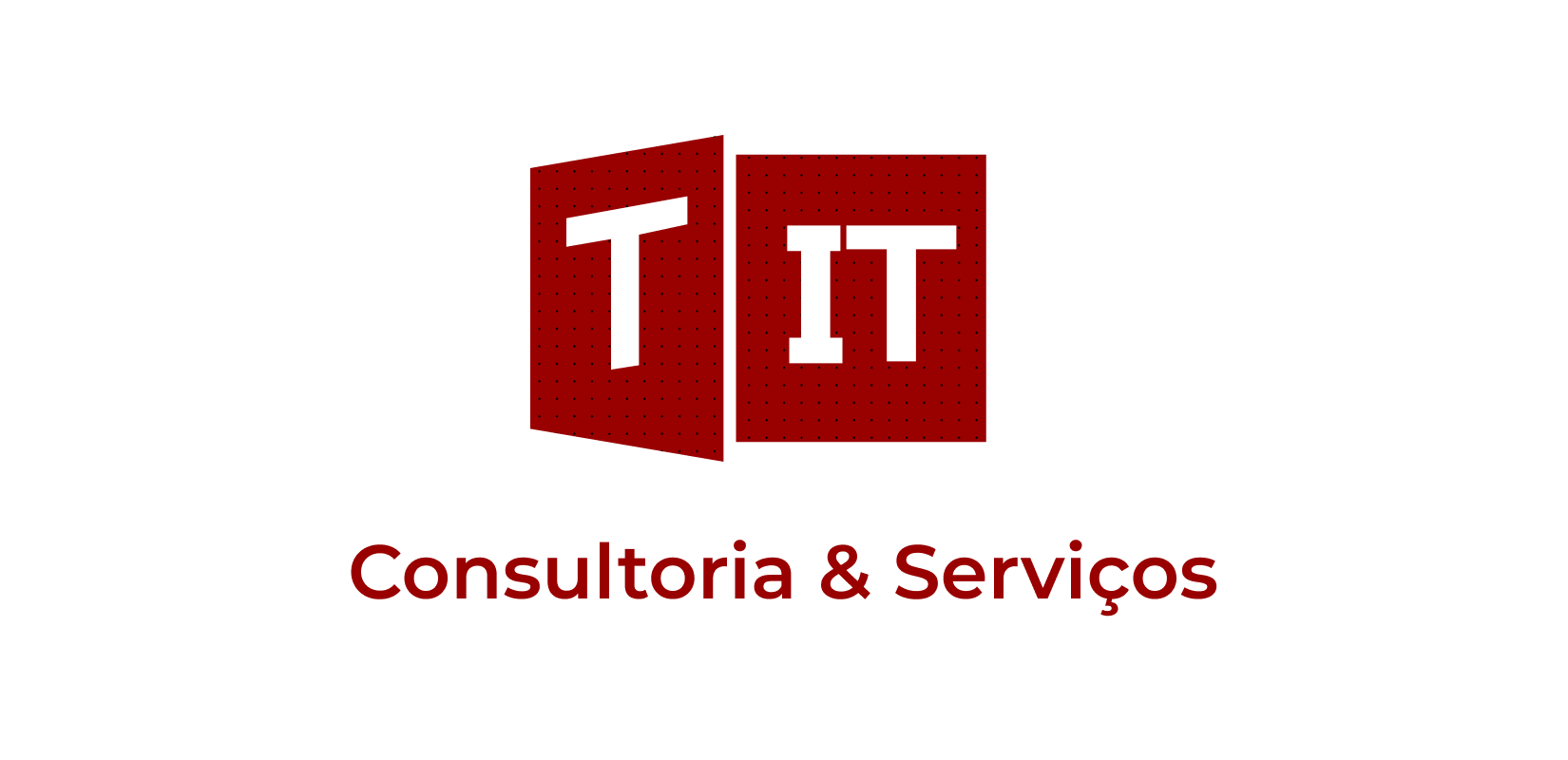In today’s business world, the concept of the ‘Modern Workplace’ is increasingly defined by flexibility, collaboration, and technology-driven strategies. At the forefront of this transformation is SharePoint, a platform that has become indispensable in evolving business operations. Its integration into the modern workplace represents a commitment to enhanced connectivity, efficiency, and agility.
Understanding the Modern Workplace
The modern workplace transcends physical spaces, embodying a culture of adaptability, collaboration, and technological integration. This paradigm shift responds to changing work cultures, technological advancements, and evolving employee expectations. As businesses tackle remote work and global operation challenges, the modern workplace has become a beacon of innovation and adaptability.
SharePoint: A Cornerstone of the Modern Workplace
In this ever-changing landscape, SharePoint stands as a critical technology. It offers extensive features catering to document management, collaboration, intranet portals, and workflow automation. SharePoint’s strength lies in its adaptability and scalability, making it a versatile tool for various business sizes and sectors.
Enhancing Collaboration with SharePoint
Collaboration is a cornerstone of the modern workplace, and SharePoint facilitates this by providing a unified platform for team interaction, irrespective of geographic location. It enables real-time document co-authoring, resource sharing, and effective communication, which are essential for maintaining team cohesion, especially in remote working scenarios.
Document Management and Accessibility with SharePoint
SharePoint revolutionizes document management and data accessibility, critical in the data-centric modern business environment. Its secure, organized system allows for efficient document storage and retrieval, enhancing productivity and informed decision-making.
SharePoint Customization and Integration
The modern workplace thrives on personalization and seamless technological integration. SharePoint excels in these areas with its extensive customization options and compatibility with other Microsoft Office tools and third-party applications, fostering a cohesive and efficient work environment.
The Impact of SharePoint on Remote Working
Remote working’s rise has underscored the need for virtual collaboration and management tools. SharePoint addresses these needs by offering features that support remote team connectivity and productivity, bridging the gap between traditional office space and the digital work environment.
Automating Workflows with SharePoint
Efficiency in the modern workplace often hinges on automating routine tasks. SharePoint’s capabilities in automating workflows streamline processes, reduce errors, and save valuable time.
Security and Compliance within SharePoint
In an age of heightened cyber threats and data breaches, SharePoint ensures robust security and compliance, protecting sensitive data and adhering to regulatory standards with advanced security features like access control and data loss prevention.
Leveraging Third-Party Analytics for Enhanced SharePoint Insights
A crucial component in maximizing the potential of SharePoint in the modern workplace is the integration of third-party analytics tools. While SharePoint’s out-of-the-box analytics offer basic insights, they can be somewhat limited for in-depth analysis. Third-party analytics tools fill this gap by providing a more comprehensive view of how employees interact with SharePoint content and collaborate within the platform.
These advanced analytics tools delve deeper into user behavior, offering detailed insights that are essential for optimizing content, resource allocation, and strategic decision-making. With the ability to track detailed engagement metrics, identify popular content, and analyze usage patterns, these tools empower businesses to drive efficiency and customize the SharePoint environment to align more closely with organizational needs and goals.
By integrating sophisticated third-party analytics solutions, businesses can transform their SharePoint data into actionable intelligence, leading to more informed decisions and a SharePoint environment that is finely tuned to the demands and dynamics of the modern workplace.

Investing in SharePoint Training for Optimal Use
To maximize SharePoint’s benefits, businesses must invest in comprehensive training programs to ensure employees understand and fully utilize its features. User adoption is crucial for effective integration into the workplace.
The Future of SharePoint in Evolving Business Environments
As we look toward the future, the role of SharePoint in the modern workplace is poised not just for growth, but for a transformation that aligns with the rapid pace of business evolution. SharePoint is set to continue its trajectory as a dynamic and adaptable platform, consistently introducing updates and features that cater to the ever-changing demands of businesses.
In the coming years, we can expect SharePoint to integrate more deeply with emerging technologies like artificial intelligence (AI) and machine learning (ML). This integration will likely enhance SharePoint’s ability to offer predictive analytics, smart content management, and automated workflow optimizations, further simplifying and streamlining business processes.
Another anticipated development in SharePoint’s future is an even greater emphasis on security and compliance features. As cyber threats evolve and regulatory landscapes become more complex, SharePoint will likely introduce more robust security measures. These enhancements will ensure that businesses can safeguard their sensitive data while complying with an increasing array of international data protection regulations.
The rise of remote and hybrid work models will also continue to influence SharePoint’s evolution. Future versions of SharePoint are expected to offer enhanced features for remote collaboration and communication, ensuring that businesses can maintain high levels of productivity and engagement regardless of where their teams are located. This may include more sophisticated integration with virtual meeting platforms, enhanced mobile access, and improved user interfaces for seamless remote user experiences.
Furthermore, the trend toward personalized and user-centric experiences in business applications is likely to shape SharePoint’s development. We can anticipate more intuitive and customizable user interfaces that allow individual users and teams to tailor their SharePoint experience to their specific needs and preferences.
In terms of third-party integrations, the future will likely see SharePoint becoming even more of a central hub for business operations. Enhanced compatibility with a wider range of business applications and tools will allow for more seamless data flow and process integration across different business functions.
Lastly, the environmental impact of digital tools is becoming a crucial consideration for many businesses. Future iterations of SharePoint might include features that help organizations measure and manage their digital carbon footprint, aligning with broader corporate sustainability goals.
In summary, SharePoint is more than a tool; it’s a strategic asset in the modern workplace, essential for businesses seeking agility, collaboration, and efficiency. Its ongoing evolution will continue to shape the future of work, driving success in the modern business world.
FAQs about SharePoint in the Modern Workplace
What is a Modern Workplace?
The modern workplace refers to a work environment that leverages advanced digital technologies to enhance productivity, communication, and collaboration. It emphasizes flexibility, allowing employees to work effectively from any location, often utilizing cloud-based tools and video conferencing systems. This environment is designed to support the evolving needs of a diverse and dynamic workforce.
What are the Key Factors of a Modern Workplace?
A modern workplace is built on several key factors, including seamless connectivity, robust digital tools, and flexible work arrangements. Essential elements include well-equipped meeting spaces for virtual collaboration, reliable high-speed internet, and infrastructure that supports remote work. Additionally, the workplace culture is geared towards innovation, inclusivity, and continuous learning.
What is Microsoft SharePoint Used for in the Workplace?
Microsoft SharePoint is a powerful platform used in the workplace to streamline document management, enhance collaboration, and facilitate communication across the organization. It serves as a central hub for storing, organizing, and sharing information, enabling employees to build intranet sites, create pages, manage documents, and automate workflows. SharePoint’s integration with other Microsoft 365 tools makes it an indispensable asset for modern businesses.
What’s Included in the Microsoft Modern Workplace?
The Microsoft Modern Workplace includes a comprehensive suite of tools designed to empower employees and drive business efficiency. Key components include Office 365 applications (such as Word, Excel, and Teams), Exchange email services, Enterprise Mobility + Security for device and data protection, and collaboration platforms like SharePoint and OneDrive. Additionally, it incorporates Azure for advanced analytics, IoT, and infrastructure management, offering a robust ecosystem for business operations.
What is a Modern Working Environment?
A modern working environment is characterized by its adaptability, technology-driven infrastructure, and employee-centric design. It transcends traditional office settings by incorporating digital tools that enable remote work, foster collaboration, and streamline operations. In this environment, organizations prioritize flexibility, innovation, and the integration of cutting-edge technologies to meet the demands of the modern workforce.














 Follow @cardiolog
Follow @cardiolog 